Glossary of Radio Astronomy Terms
Inclination:
A measure of the tilt of a planet’s orbital plane in relation to that of the Earth.
Interference:
For radio telescopes, this typically means unwanted signals, noise, or static. It also describes the result of combining the signals that two telescopes receive when observing the same source, which results in a pattern of oscillating values or “fringes” that depends on the separation of the two telescopes.
Interferometer:
A radio telescope consisting of two or more antennas at some distance from one another. It uses the phenomenon of interference, which combines the signals of each antenna that is part of the interferometer, to increase the effectiveness of the antennas’ ability to sharpen the details of an image taken of an object in the cosmos.

Interplanetary magnetic field (IMF)::
The interplanetary magnetic field is a part of the Sun’s magnetic field that is carried from the Sun’s corona into the rest of the Solar System by solar winds.
Interstellar matter:
The gas, dust, and cosmic rays that fill the Interstellar Medium.
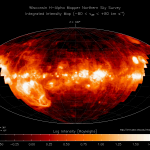
Interstellar medium:
The matter contained in the regions between star systems in a galaxy. This matter is typically made up of gas, dust, and cosmic rays.

Ion:
An atom that has a net charge. The charge is the result of the atom having an unequal amount of protons and electrons.
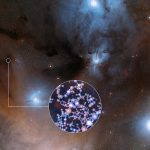
Ionization:
The conversion of an atom or molecule into an ion. This conversion occurs when one or more electrons are either removed or added to the atom or molecule.
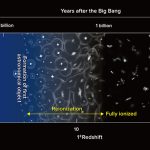
Ionosphere:
The outer layers of the Earth’s atmosphere (at least 50 miles above the Earth’s surface), where many of the gas atoms are ionized by high-energy extraterrestrial radiation.
Irregular Galaxy:
An irregular galaxy is typically smaller in size and identified by the fact that it does not have a distinct shape or spiraling arms.
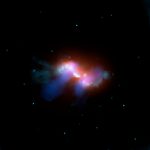
Irregular variable:
A pulsating variable star whose variation in brightness does not follow any regular or predictable pattern.
Ionized gas:
Gas either between the stars or among galaxies that has been superheated so that electrons are stripped away from their atoms or molecules.
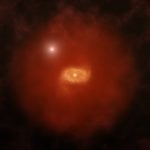
Ionized:
An atom or molecule that has had one or more of electrons stripped away or added to it. Large, energetic stars are particularly efficient at ionizing atoms and molecules.

Isotopologue:
Isotopologues are molecules that differ only in their isotopic composition. Simply, the isotopologue of a molecule has at least one atom with a different number of neutrons than the parent atom.

isotopes:
An element — helium, carbon, oxygen, etc. — that varies in the number of neutrons in its nucleus. An isotope of hydrogen with two neutrons in its nucleus is called deuterium.







